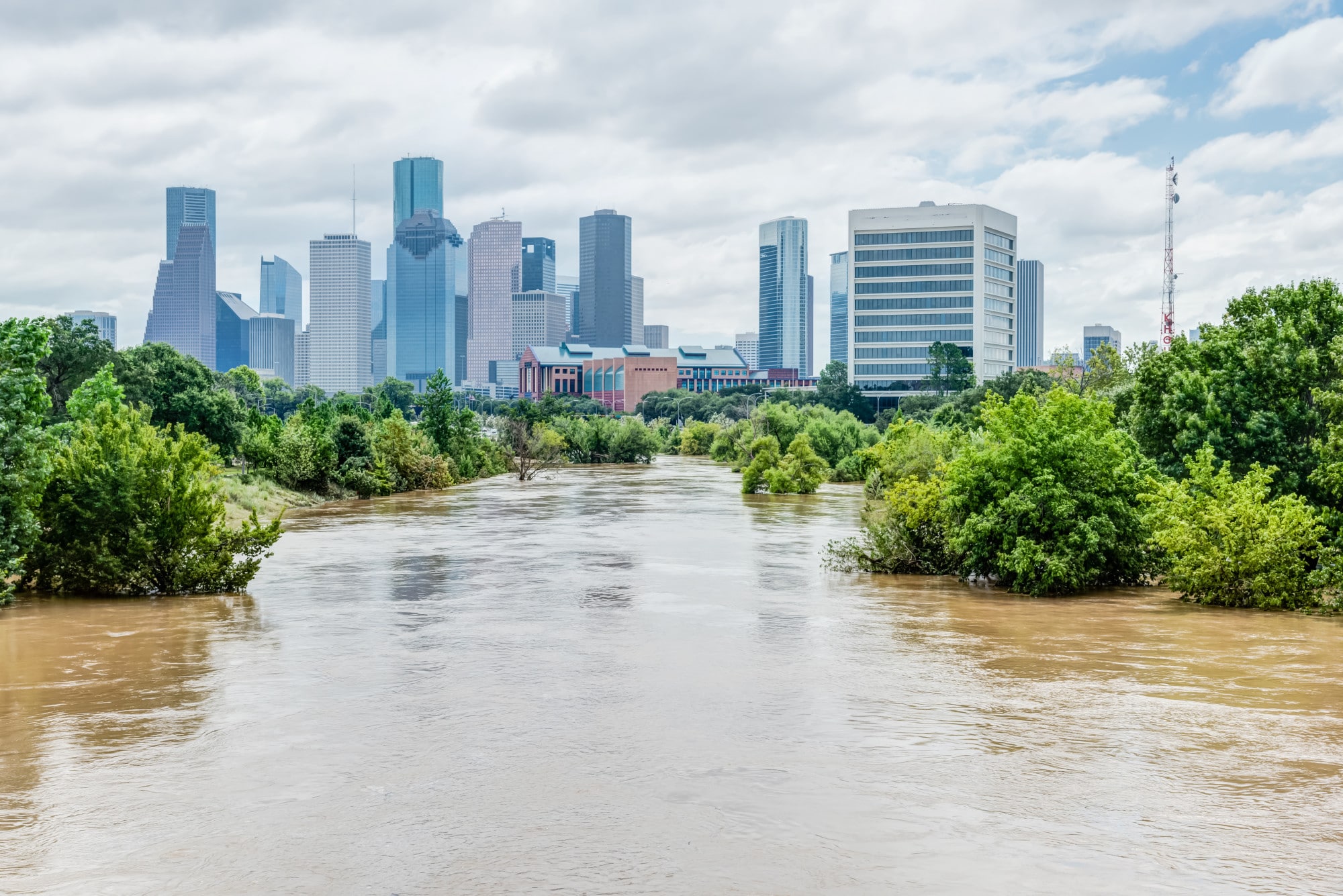Catastrophic situations can occur anywhere and to anyone.
A catastrophe can be natural or man-made and causes at least $25 million in insured property losses.
In 2018, the worldwide cost of catastrophes, man-made and natural, was $165 billion.
Total loss appraisal identifies the cost of catastrophic situations to your business.
How Does a Business Appraisal Work
After a situation occurs, your first need is to focus on determining the value of your loss.
Insurers or independent consultants appraise the tangible and intangible assets of your business after a total loss.
Examples of business assets include the following:
- Buildings
- Equipment
- Good will
- Charitable contributions
- Leasing
- Financing
The total loss appraisal should occur within days after the catastrophic situation. Injuries and repairs to prevent further damage are addressed immediately.
Loss of income is identified separately. A business interruption policy can provide income until your business is restored.
To determine loss of income, prepare sufficient documentation showing your income and expenses from the previous two years.
Total Loss Appraisal Situations
The following lists situations, natural or man-made, and can result in a need for total loss appraisal.
1. Floods
An overflow of water onto what is usually dry land. Damages structures, furniture, and equipment exposed to water
2. Tornadoes
Cones of violently rotating winds. Destroys essentially any structure in its path.
3. Fires
Fires are natural or man-made disasters. Damage is caused by flames, smoke, or corrosive substances produced by fire.
4. Hurricanes/Typhoons
Systems of intense thunderstorms. Depending on origin, the system is classified as a hurricane or typhoon. Causes flooding, wind damage, and other storm-related destruction.
5. Earthquakes
Movement within the earth’s crust causing great shaking leading to destruction of structures.
6. Mudslides
Occur when large amounts of water, melting snow or storms, erode and liquefy hill or mountain soil causing it to slide downwards.
7. Accidents
There are multiple causes and types such as vehicle collisions or machinery malfunctions.
8. Theft or vandalism
Intentional removal or destruction of property.
9. Explosions
Intentional or unintentional explosions can destroy structures and equipment.
10. Hail and thunderstorms
Pellets of frozen rain that accompany thunderstorms. Larger pellets can damage structures and vehicles.
11. Lightning
Fire is the greatest threat posed by lightning. If lightning strikes electrical wiring, connected items can also be destroyed.
12. Sinkholes
Occur when underground areas are dissolved by water, creating an opening in the surface that can damage or destroy structures.
13. Droughts
Damages farm lands and impacts businesses relying on shipping lanes or fishing.
14. Water backup
Water damage that occurs when pipes or pumps back up the water inside a structure.
15. Winter storms
Winter storms create a high risk of vehicular accidents and power outages.
Total Loss Appraisers
Once your damage is reported, your insurance company’s appraisers evaluate the extent of your loss. You should document every communication and maintain photographs of damage.
The knowledge and experience of insurance appraisers may vary. Consider professional independent consultants to analyze your damage.
Case Strategies Group offers a team of consultants who can facilitate the multiple phases of your total loss appraisal and ensure your claim is maximized.


